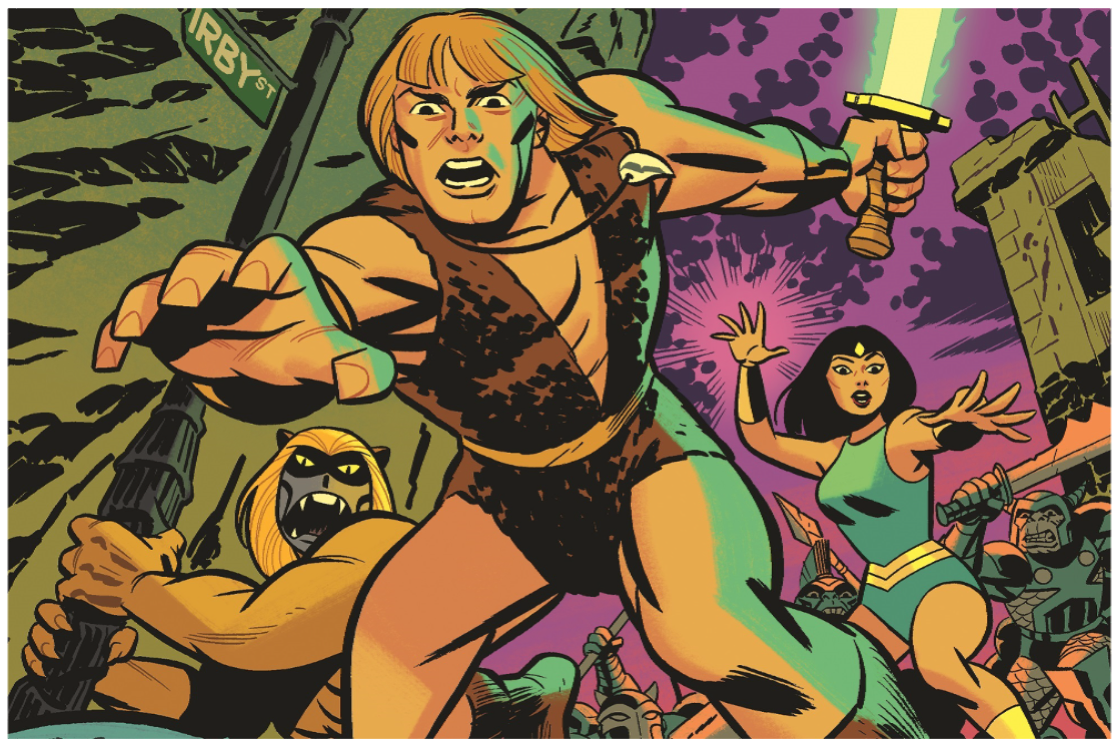Weeping Angels: Beginner’s Guide to Doctor Who
Originally published March 2020
The Doctor Who monsters The Weeping Angels, a race of predators resembling stone statues, are some of the scariest creatures ever seen on the show. They were introduced in the 2007 episode “Blink.” They returned in 2010’s two-part story “The Time of Angels” and “Flesh and Stone,” in 2011’s “The God Complex,” in 2012’s “The Angels Take Manhattan,” in 2013’s “The Time of the Doctor,” and 2015’s “Hell Bent.” Steven Moffat, who created them, attributes their appeal to the notion that every statue might secretly be a disguised Weeping Angel.
Get a closer look in the video below…
A Beginner's Guide to Doctor Who: The Weeping Angels | Questioning Umbrella
FREE DOWNLOAD: DRACULA'S 13 WEIRDEST FIGHTS (CLICK HERE)
Sign up for the Monster Complex newsletter and discover the time Dracula…
bumped into that superhero
was pestered by that funny animal
was humiliated by those civil servants
and more! (Plus watch the original clips.)
Click here to subscribe for your free download
ABOUT DOCTOR WHO
A significant part of British popular culture, Doctor Who has become a global phenomena since first broadcast in 1963. The series details the exploits and misadventures of an alien Time Lord who calls himself simply “The Doctor.” The Doctor explores all of time and space in a ship named the TARDIS (“Time and Relative Dimensions in Space”). From the outside, it mimics a blue British police box, which was a common sight in Britain in 1963 when the series debuted.
One of the hallmarks of the series is that the Doctor’s species can recover from mortal wounds by “regenerating.” From a production standpoint, that meant the same character can continue even when the lead actor changes.
More than a dozen actors have portrayed some incarnation of the Doctor:
Each actor's portrayal is unique, but all represent stages in the life of the same character. Together, they form a single lifetime with a single narrative. Because of the Doctor’s time-travelling adventures, it’s possible for different incarnations of the Doctor to occasionally crossover.
Another feature of the series is that the Doctor often travels with one or more companions, generally humans. Over the course of the series, dozens of different characters have joined the Doctors on their adventures all over time and space.
The original series ran from 1963-1989. There was a 1996 television film intended to launch a new series in the U.S., but that series wasn’t picked up. The BBC re-launched Doctor Who in 2005, which has since led to numerous spin-off series:
Torchwood (2006–2011)
Sarah Jane Adventures (2007–2011)
K-9 (2009–2010)
Class (2016)
Doctor Who has also been adapted into other media formats, including novels, audio dramas, comic books, and films.






















The horror author talks about his brand-new short story collection, how his fiction represents him as an author, and his excitement working with the folks at Weird Tales.